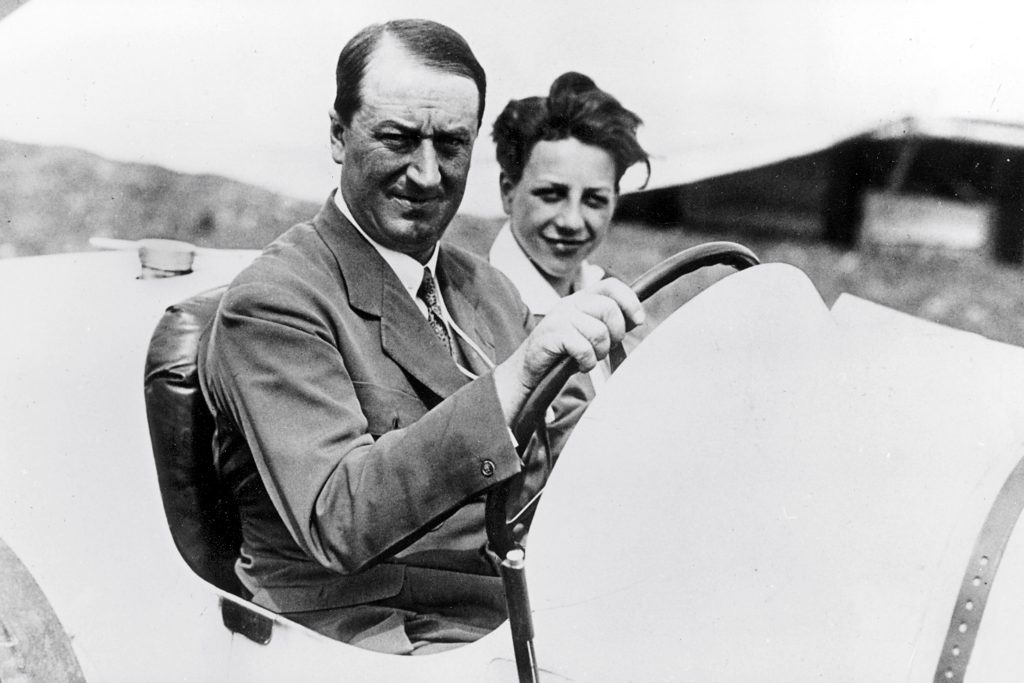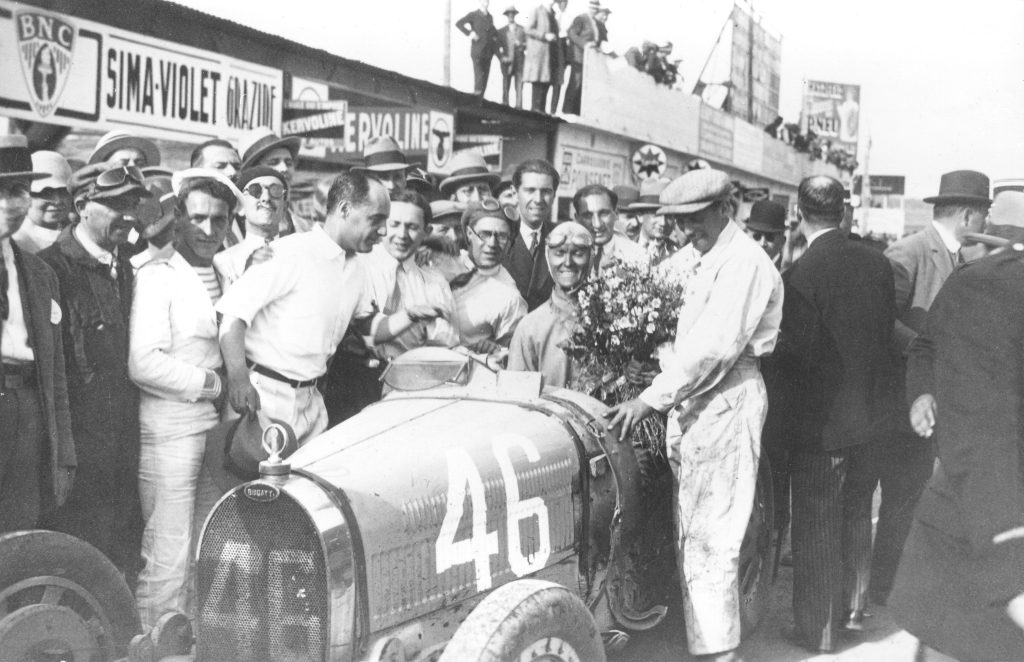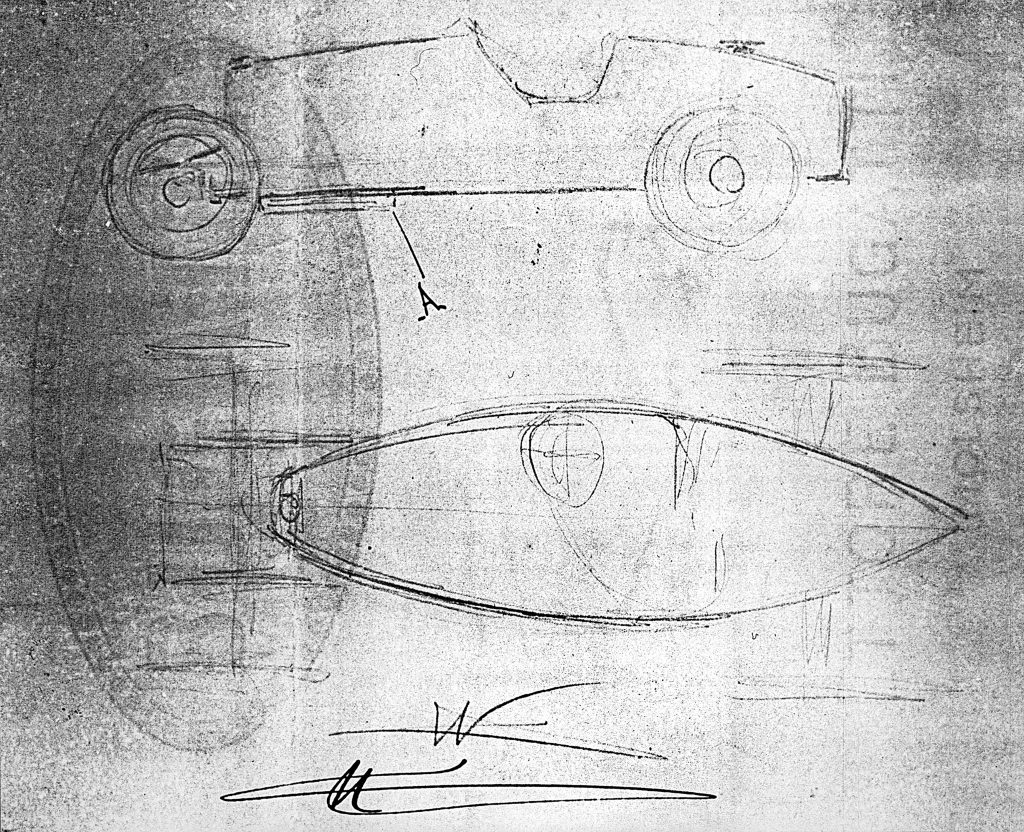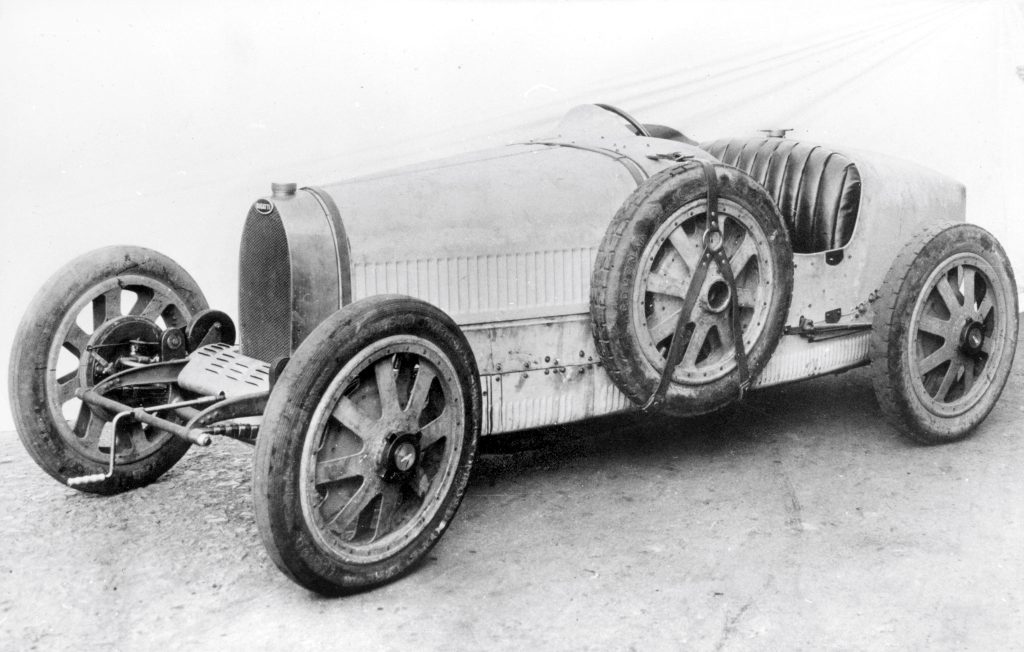It may be hard to believe but Ettore Bugatti was not a trained engineer. In fact he studied sculpture at Milan’s Accademia di Belle Arti di Brera before finding his true passion in the art of the automobile.
Yet perhaps it was this very lack of formal training that allowed him to create a car as revolutionary as the Type 35 exactly 100 years ago. Between 1925 and 1933 it would win the Targa Florio five years in a row, and score victories in 30 Grands Prix.



How? Quite simply it was, arguably, the world’s first pure-bred racing car. As far back as 1903 Bugatti had designed a machine for De Dietrich to compete in the Paris-Madrid race with unique low-slung seating for the driver and mechanic, knowing that it would offer reduced wind resistance and a lower center of gravity. Although the event organizers refused the car’s entry Bugatti was convinced his approach was correct, further developing the concept in his lightweight Type 10 Pur Sang of 1909.
For the Type 35 Bugatti would add power to his special recipe. The 2.0-litre, supercharged eight-cylinder engine in the Type 35 featured a unique double roller-bearing and triple ball-bearing crank which allowed the engine to rev to 6,000 rpm and deliver 90 hp and propel the Type 35 to almost 120 mph. In the later Type 35 B that top speed would soar beyond 130 mph with the motor now up to 2.3-litres and producing 140 horsepower. The streamlined ellipsoid bodywork was made from aluminum sheet to shave weight, while the wheels were cast alloy, reducing the unsprung mass. Such was Bugatti’s obsession with weight-saving that even the front axle was hollow. The Type 35 weighed in at just 750 kg.


What’s more the Type 35 was low, enabled in part to a unique design of rear axle which dipped in the middle to curve around the chassis. The innovations didn’t stop there. The engine was a stressed load member, essentially forming part of the chassis, the gas tank was pressurized to optimize fuel flow.
As Bugatti’s in-house heritage and certification expert Luigi Galli explains, “Unlike everything that had gone before, it was not a road car modified for racing, although it also served as a very fine road car. The meticulous approach Ettore Bugatti took to the overall concept, and to every minute, detail resulted in a car that set previously inconceivable standards for design, engineering, materials handling, and performance. The Bugatti Type 35 gave birth to the Grand Prix era and forced other motor manufacturers to completely rethink their approach.”
In the century since it made its debut the Type 35 is reckoned to have notched up more than 2,000 wins. Long may it continue.











